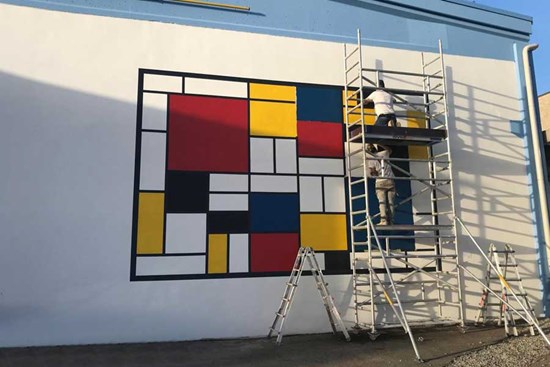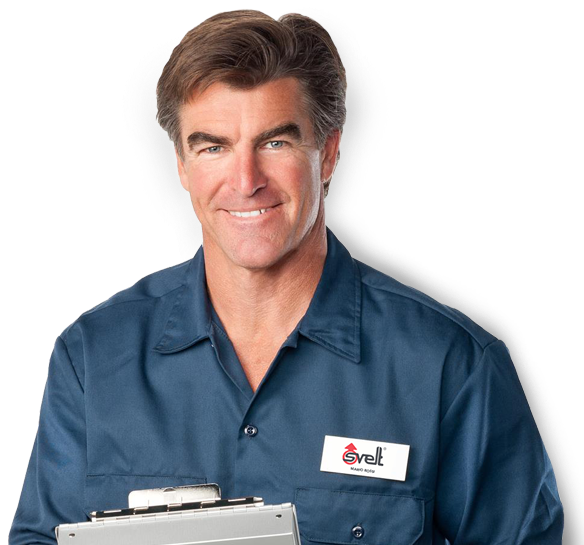DIFFERENCES BETWEEN PROFESSIONAL AND SEMI-PROFESSIONAL SCAFFOLDING
The classification to choose the right scaffolding for professionals and also for DIY hobbyists.

With the same stability and safety, professional and semi-professional / domestic scaffolding are distinguished from each other mainly on the basis of the type of work to be carried out, the height at which the scaffolding will be used, and for the economic factor also conceived on the basis of frequency. of use.
Let's see together the main substantial differences between the two types.
Professional and semi-professional scaffolding
Scaffolds, as we know, are used in multiple activities carried out in temporary or mobile construction sites when there is a need to move quickly to the workplace and activities and work at height need to be carried out. The scaffolding consists of prefabricated elements that have one or more work platforms (work surfaces) and rest permanently on the ground on 4 wheels, they are divided into professional and semi-professional / domestic.
The professional scaffolding is naturally designed for intensive everyday use by professionals such as bricklayers, plasterers, painters, electricians, installers, maintenance workers, restorers or even gardeners and shipyard operators etc. They can be used according to the European standards UNIEN1004 both indoors (no wind) at a maximum height of 12 meters, and outdoors (presence of wind) at a height that does not exceed 8 meters; according to Legislative Decree 81/2008 they can be used both indoors and outdoors at the height declared by the manufacturer but only with mandatory anchoring to the wall every 2 floors.
The bases widened by stabilizing brackets allow the assembly of successive elevations that allow to reach high heights.
We also remind you that by law, the scaffolding that exceeds 12 m inside and 8 outside must be rigorously anchored every two floors to the facade and it is necessary to strictly follow the manuals for their assembly, use and disassembly.
The structure of professional scaffolding is made up of components, diameters and thicknesses of high quality and durability that withstand the daily stresses to which the scaffolding is necessarily subjected. Quick assembly / disassembly is another valuable feature for professionals whose time costs a lot more than a hobbyist doing a job at home on the weekend. For this speed of assembly, the professional pays a much higher price with an equally high return on investment.
Professional products are always heavier than semi-professional and domestic ones.
Semi-professional or domestic scaffolding
According to market statistics, in recent years more and more private individuals have tried their hand at do-it-yourself and small restoration work on their homes without resorting to professionals, and here the number of semi-professional scaffolding purchased has grown exponentially. probably also for the lower and more advantageous cost. These too can be used, as well as indoors, also in outdoor environments, ensuring stability and safety of the same level, up to a certain height (naturally lower than professional ones). There is also the possibility of equipping them with professional accessories such as levelers, stabilizing brackets, lame and wall anchoring kits. The offer of semi-professional and domestic scaffolding is therefore mainly aimed at DIY lovers who want a stable and safe tool, for non-professionals who take care of the maintenance of their home both indoors and outdoors on their own ( but never at high altitudes); but also to construction professionals who know they only work indoors.
Obviously the structure of these scaffolding is thinner with limited thicknesses and diameters for a more limited duration of the product over time and above all designed for a much lower work frequency than professional products. This while keeping its safety intact. For a hobbyist the assembly / disassembly time is normally less important than the price for which these products need a longer assembly time as they are equipped with fewer automatic accessories and more basic coupling systems.
Semi-professional and domestic products are always lighter than professional ones.

